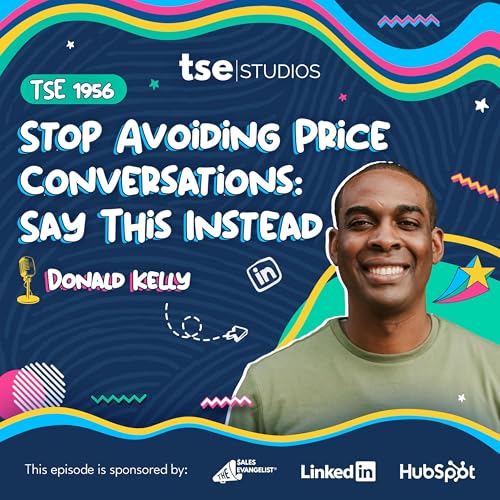In this episode, we delve into the world of cold outreach with Fernando Pires from Snov.io. Discover groundbreaking insights derived from their analysis of 44 million cold outreach campaigns and learn how to enhance your LinkedIn and email strategies to maximize responses and build connections. Tune in to uncover the secrets that could significantly boost your outreach success.
LinkedIn Outreach Tactics
● Data shows that sending connection requests without a message can yield a 3% increase in acceptance rates compared to those with messages.
● The human tendency to judge based on profiles quickly favors simple connection requests over potentially off-putting sales pitches.
● For optimal outcomes, engage with prospects before sending connection requests to establish a common ground.
Effective Email Strategies
● Tracking emails can be crucial for marketing but detrimental in sales; focus on replies instead of opens to enhance engagement.
● Plain text emails outperform those with images or attachments, ensuring better deliverability and higher reply rates.
● Use personalization in your emails to connect deeply with leads; mention specific, relevant details that resonate with them.
Multi-Channel Campaign Insights
● Engaging prospects through multiple channels increases visibility and response rates, with LinkedIn DMs achieving up to a 10% reply rate compared to email's 2-5%.
● Combining outreach methods (email, LinkedIn, etc.) helps build trust and familiarity with potential clients, driving higher engagement.
● Prioritize server matching in outreach campaigns to improve deliverability rates and overall effectiveness.
Homework Challenge or Action Steps
● Test your next batch of LinkedIn connection requests without messages for improved acceptance.
● Create a plain text email outreach campaign focusing solely on obtaining replies rather than opens.
"Even if that were the reply you negative, you know, I'm not interested but you're interested enough to take your time and reply to that person." ● Fernando Pires.
Timestamps
● 00:00 ● Introduction
● 01:18 ● LinkedIn Outreach Tactics
● 09:51 ● Effective Email Strategies
● 17:52 ● Multi-Channel Campaign Insights
● 29:02 ● Closing thoughts
Resources
● Snov.io ● Learn More About Our Services-https://snov.io
● Connect with Fernando Pires on LinkedIn-https://www.linkedin.com/in/fernandopires
My LinkedIn Prospecting Course will show you exactly how to start attracting more prospects right away.
And don’t forget to connect with me on LinkedIn! www.thesalesevangelist.com/linkedin
Sponsorship Offers
1. This episode is brought to you in part by Hubspot.
With HubSpot sales hubs, your data tools and teams join a single platform to close deals and turn prospects into pipelines. Try it for yourself at hubspot.com/sales.
2. This episode is brought to you in part by LinkedIn.
Are you tired of prospective clients not responding to your emails? Sign up for a free 60-day trial of LinkedIn Sales Navigator at linkedin.com/tse.
3. This episode is brought to you in part by the TSE Sales Training.
Improve your connection on LinkedIn and land three or five appointments with our LinkedIn prospecting course. Go to the salesevangelist.com/linkedin.
Credits
As one of our podcast listeners, we value your opinion and always want to improve the quality of our show. Complete our two-minute survey here: thesalesevangelist.com/survey. We’d love for you to join us for our next episodes by tuning in on Apple Podcast, Google Podcast, Stitcher, or Spotify. Audio provided by Free SFX, Soundstripe, and Bensound. Other songs used in the episodes are as follows: The Organ Grinder written by Bradley Jay Hill, performed by Bright Seed, and produced by Brightseed and Hill.
 33 分
33 分 11 分
11 分 30 分
30 分 2025/12/0819 分
2025/12/0819 分 16 分
16 分 17 分
17 分 32 分
32 分 36 分
36 分
